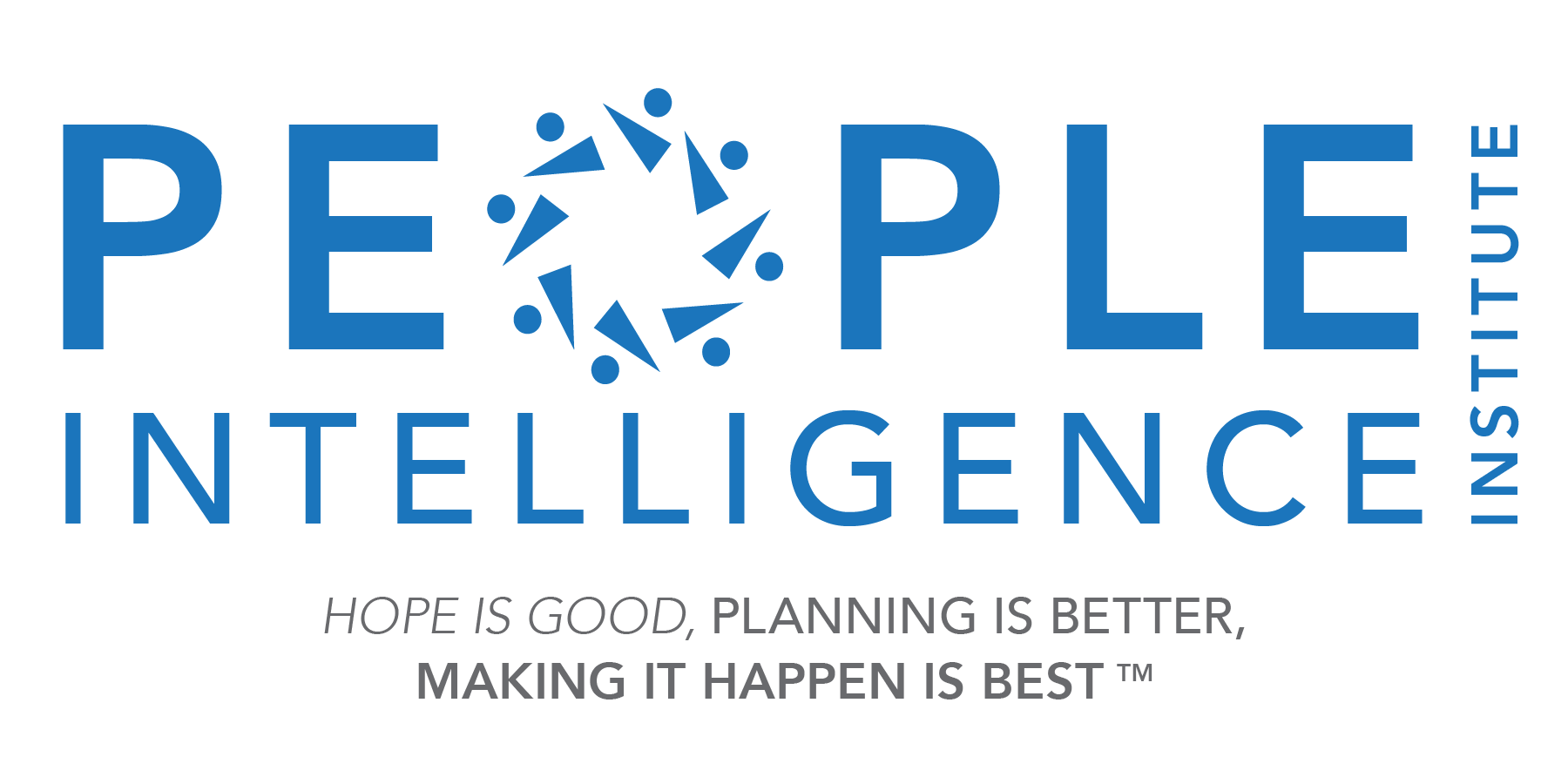"This course has helped train my eye and my mind to see more emotions in others, and as a result, have more successful interactions with others when they are emotional. I am more likely to notice things earlier, before escalation, when the potential to make better choices is stronger."
Read More
"All architecture is a shelter, all great architecture is the design of space that contains, cuddles, exalts or stimulates the persons in that space." - Phillip Johnson
So what kind of space have you created for your employees? Is it one where individuals are physically isolated from one another, making human contact a chore? Are they essentially detached from the process in the place of business, segregated in the name of focus?
The idea that the space is either evocative, inspiring, creative and interactive; or is compartmentalized, inhibitive, cold and foreboding, can speak less to the physical space and more to the leadership that influences the dynamic within that space. The leadership can function as the architects of the kind of space where employees either flourish or whither.
Steven Johnson, in his book, "Where Good Ideas Come From", explains how the coffee houses of 17th-century England fostered the Age of Enlightenment. It was the space - the chaotic, communal atmosphere that lent itself to the emotionally open and honest exchange of ideas. Johnson examines the impact the coffee houses had upon the advancement of western culture and civilization. The coffee houses were the places where ideas could, well, percolate. The best ideas develop over time. They are a bundle of smaller ideas that need time to gestate and a place to be born.
Ideation, the formation of ideas, is a process, like an architectural drawing on a cocktail napkin that becomes a functional piece of art. It begins with free expression. In a space where people feel free to be honest and uninhibited, creativity and innovation will blossom.
The idea of place is not simply about steel and concrete, but about creating an open dialogue. Open space engenders open minds - for ideas, congeniality, innovation and forward-thinking. Just as the principal's office can spark dread in a schoolboy, a work space seen as open to new ideas and truthful human interaction can relieve the stress that stifles imagination.
Eugene Kohn of KPF Architecture spoke about what goes on inside of buildings. "Our goal as architects is to create buildings that inspire people to do whatever it is in that space they need to do. That inspiration comes from within the building as much as from the way it looks from the outside." And so it goes for the attitude projected by management. Are you creating corrals or space to grow?
Architecture in both the practical and artistic sense is a process, indeed the only art form in which the developmental stages (blueprints, drawings, models) are revered along with the finished product. Human interaction is a process of exposition, the testing of ideas and knowledge; its application and review, none of which can happen if employees aren't part of the process and managers aren't attuned to the needs of the work force.
Employees need to feel comfortable in the place and view it as common ground, which will propagate a sense of ownership. In this place, the connections all play a role, as each rivet in the steel supports the structure.
In his elegant book, Why Architecture Matters, Paul Goldberger said, "Architecture is about the making of place, and the making of memory. Architecture gives us joy if we are lucky, and it gives us satisfaction and comfort, but it also connects us to our neighbors, since the architecture of a town or a city is the physical expression of common ground. It is what we share, if only because the architecture of a community is one of the few forms of experience that everyone partakes in: the sharing of place."
The art of architecture is obvious, as is the public face of an organization. But in buildings as well as organizations, the underlying structure supports the mission. Complex interfacing systems keep structures functioning as do complicated human interactions, of which leaders must remain keenly aware. To say the full business process is effective without emotional intelligence is like an architect neglecting an essential structural element. The architect gives equal gravitas to aesthetics and function. It all matters.
Image courtesy of khunaspix / FreeDigitalPhotos.net


